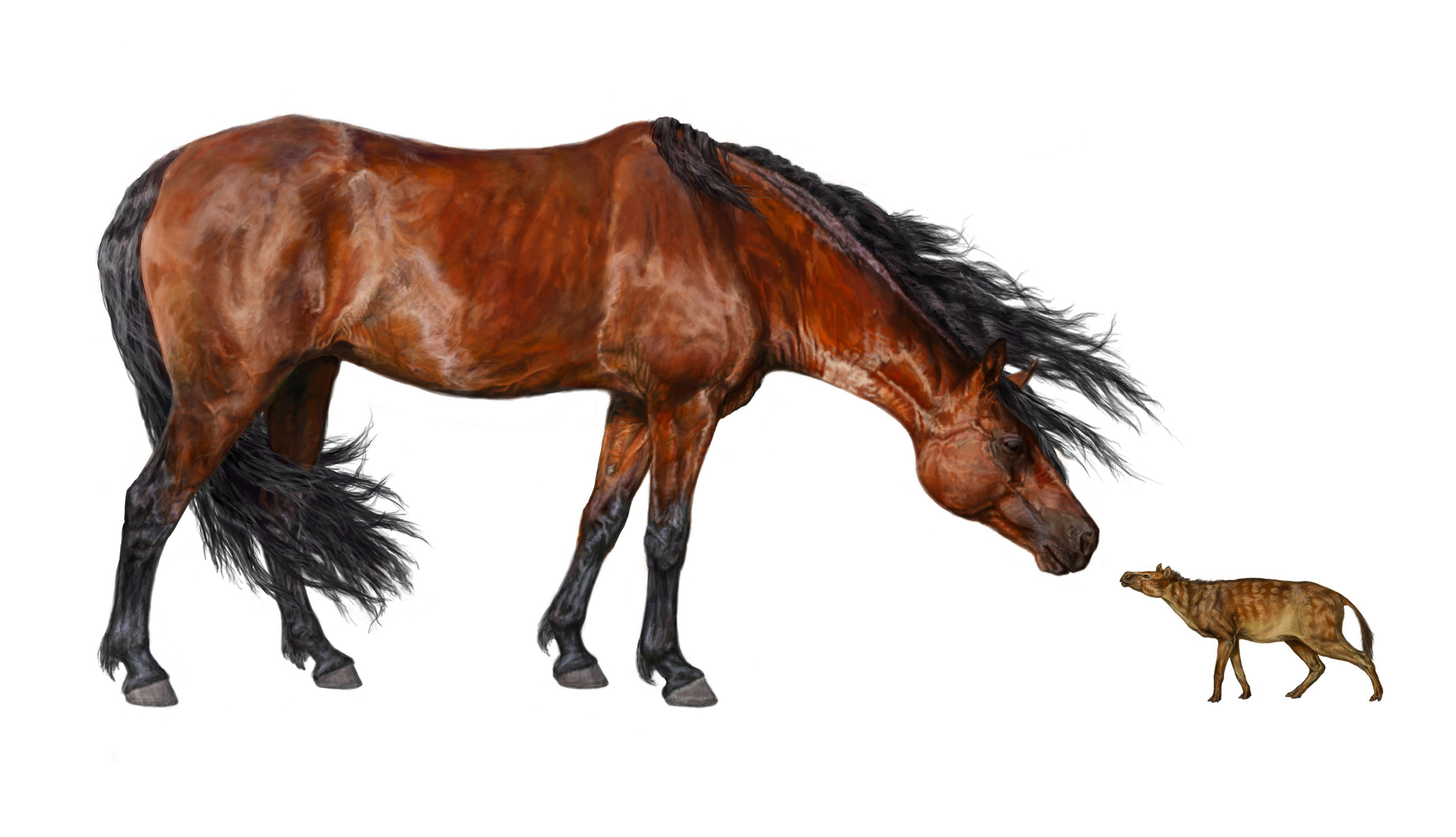Heat reduced horses and increased colds
2012/02/24 Carton Virto, Eider - Elhuyar Zientzia Iturria: Elhuyar aldizkaria

The period analysed by the researchers is known as the Paleocene-Eocene thermal peak and was a period of rapid climate fluctuation. Based on measurements made with carbon-13 and oxygen-18 isotopes of fossil horse teeth, researchers have found that horse ancestors decreased by 30% at the start of maximum thermal size, coinciding with climate warming, and increased by 70% at the end of warming.
Sifrhippus horse fossils have been analyzed, all of them from the rich site of the Clarks Fork basin in Wyoming. These horses were much smaller than the current ones, of about 5.5 kg. When dinosaurs disappeared, mammals spread throughout the world, it was a period of rapid change for our ancestors. For example, horses, newcomers to America, are the oldest known by researchers.
According to the researchers, the study shows that temperature is responsible for the Bergmann pattern. Two-thirds of mammal species occupy this pattern, shrinking in warm times and increasing in cold times. This is because it is a pattern associated with the need to maintain constant body temperature. In cold temperatures, large mammals more easily resist body heat, as the ratio between volume and surface is lower. The agents of the pattern are considered to be the climate and productivity of the environment, the abundance of food, but in the study published in the journal Science researchers have found correlation only with temperature.




